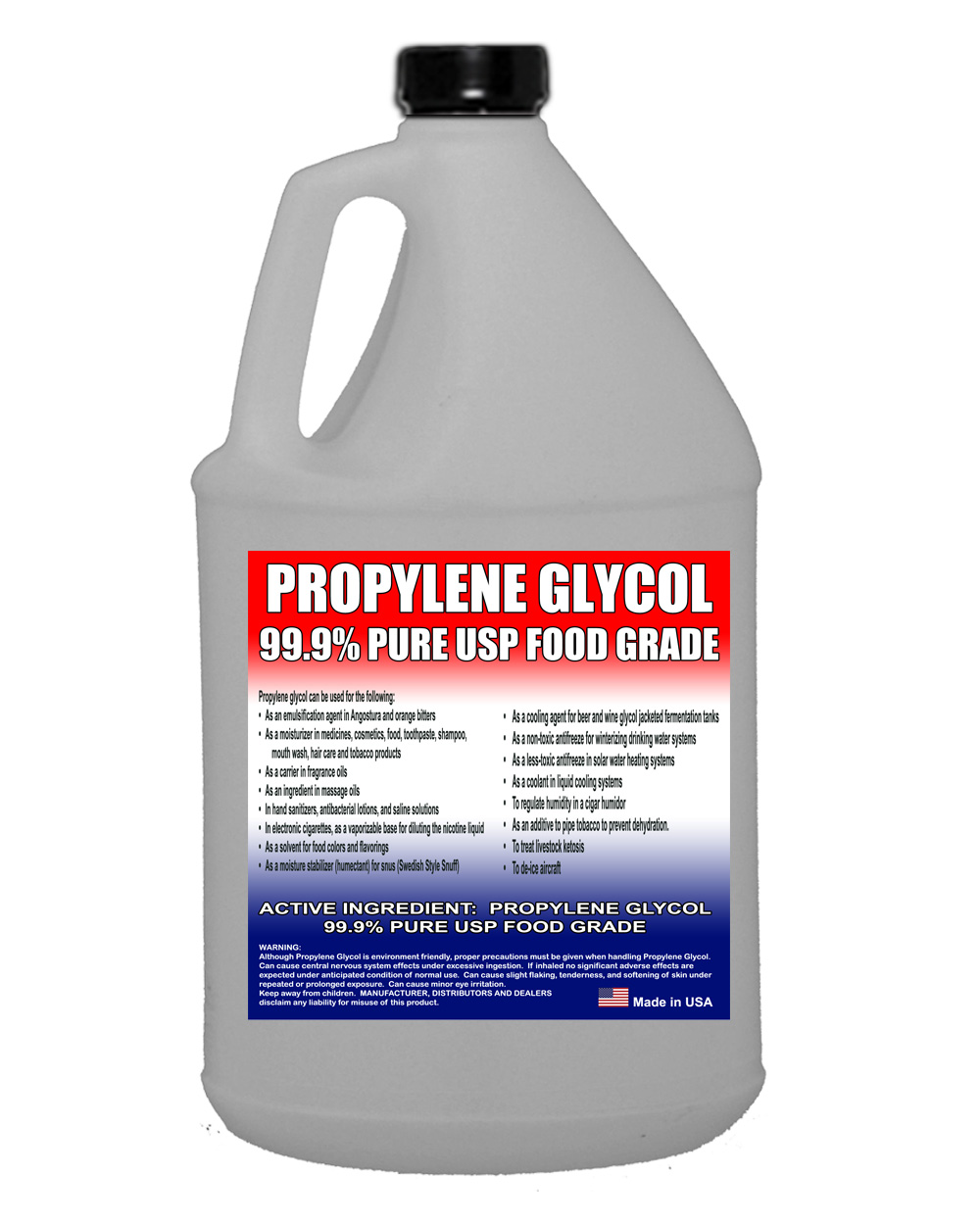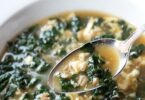Have you ever stopped to read the label on the back of a food item you’re buying? For the majority of the country, shopping is a process that involves very little thought. It’s just “grab this, snag that, and drop that into my cart”, all the while searching for items that are both cheap and tasty-looking.

Source: http://www.forcechange.com
If you ever took the time to read the labels, you’d probably run screaming from the supermarket in horror – and you’d be found huddled weeping in the farmer’s market yelling “It’s all fake, it’s all fake!” Okay, so that’s being a bit dramatic, but the truth is that more and more artificial ingredients are invading our food. One of the ones you’ll find everywhere: propylene glycol.
What is Propylene Glycol?
Propylene glycol is a liquid that is clear, colorless, odorless, tasteless, and pretty much “-less” everything else as well. It is sort of a thick syrup that is used in a wide variety of products. You’ll find it in the liquid used for electronic cigarettes, cosmetics and products for personal care, the antifreezes and coolants that you and Boeing use in your vehicles, hydraulic fluids that keep motors running, and – you guessed it – the food you eat.
Does this mean that you are drinking brake fluid or jet engine coolant? Well, yes and no. It really depends on the formulation of the propylene glycol, and thankfully the stuff that’s in your food is a little bit more digestible than the stuff that gets the average 747 off the ground.
Propylene glycol is actually mineral oil in a way, and it’s an alcohol that is produced by the fermentation process of carbohydrates and yeast. Interestingly enough, while it is in the food you eat, it has been rated as “Generally Recognized as Safe” by the FDA. The WHO agrees that PG is fairly safe to use in food, and studies have shown that there is very little risk of cancer being caused by low levels of propylene glycol in your food.
Risks of Propylene Glycol
Now, “safe” isn’t quite the same as “healthy”. There are quite a few risks and downsides associated with these foods:
- PG caused allergic reactions to break out in patients with skin allergies and eczema
- PG in very strong concentrations can cause liver, kidney, and skin damage – though only the industrial-grade stuff can have this effect
- PG can cause cells to mutate in-vitro – meaning it’s a no-no for pregnant women [1]

Source: http://www.wholefoodsmagazine.com
The smart countries – Europe mostly – keep propylene glycol in their cosmetics, as they realize that using it in food can lead to real health risks. It seems they’ve got it right, and yet we Americans just love us some good old-fashioned (not really!) artificial foods – made with all of the weirdest chemical ingredients we can find! Something’s not right!
Where is Propylene Glycol Found?
Here are a few of the foods that contain propylene glycol:
– Most cake/cupcake mixes
– Some frostings
– Lots of ice cream brands – Cold Stone Creamery and Graeter’s Ice Cream both contain this, plus supermarket brands
– Many McDonald’s sauces – including Big Mac sauce and their mayonnaise
– Some flavoring syrups
– Most beers use it as a foaming agent
– Cornbread and muffin mixes
– Coffee (specifically Folgers — probably others)
– Candy
– Fast Food
– Many salad dressings
– Biscuits in the can that you bake at home
[Source: http://www.glycolallergy.com/Advice/tabid/63/articleType/ArticleView/articleId/9/Foods-with-PG.aspx]
Wow, that’s a lot of food that I’m crossing off my shopping list!
[1]http://www.naturalnews.com/023138_propylene_glycol_products_natural.html










